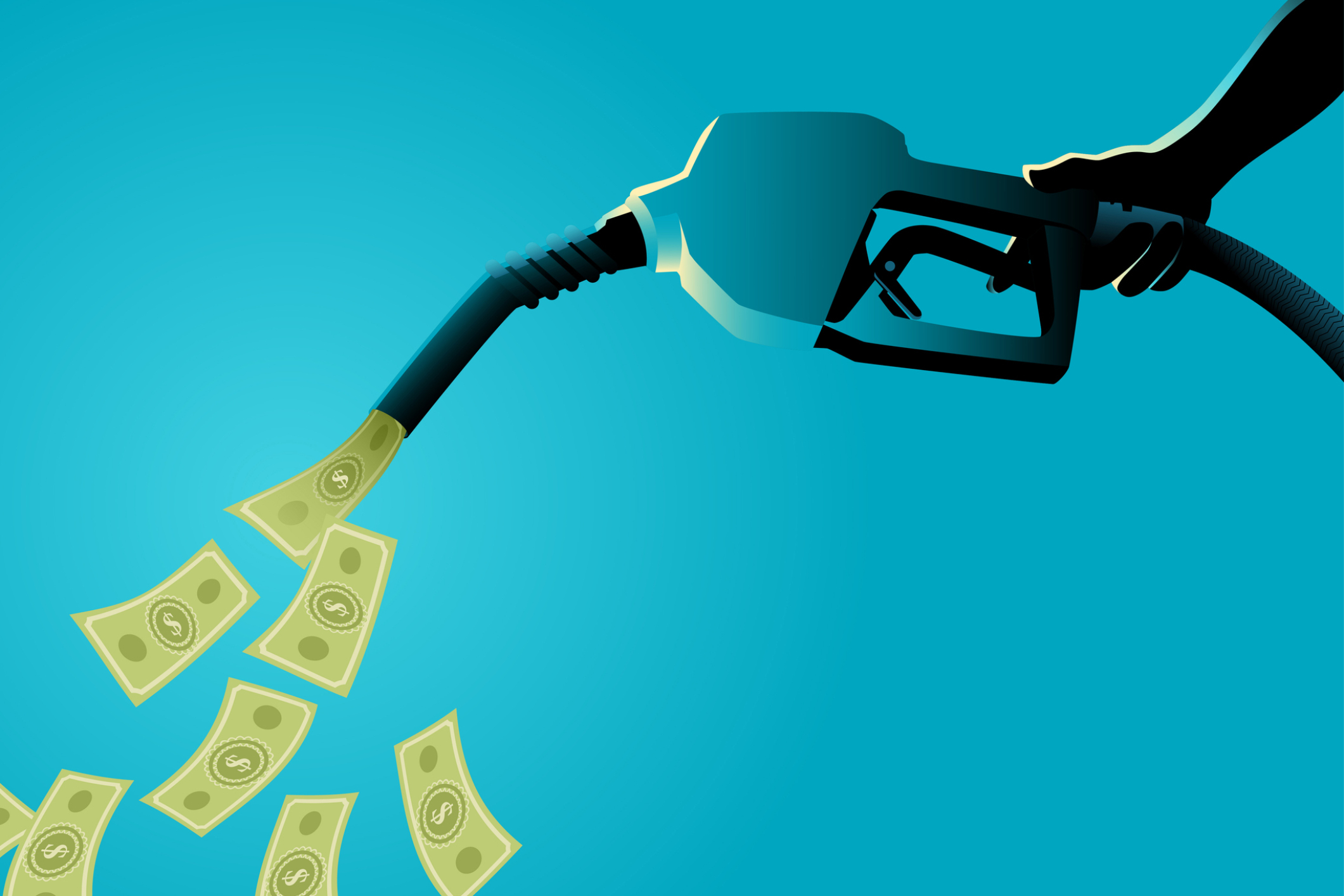Robert B. Noland and Lewis Fulton
The Russian invasion of Ukraine has led to a sharp increase in the price of oil in the last couple weeks. In New Jersey, a gallon of gasoline is fast approaching $5.00, in California it is nearly $6.00 per gallon. One way to reduce price spikes when there is a supply crunch is to reduce demand. In a report we worked on for the International Energy Agency, published in 2005 we investigated policies to Save Oil in a Hurry. This report was subsequently updated in 2018. Both are relevant to the crisis now at hand.
The response of consumers to increases in the price of gasoline are “inelastic;” that is, price increases do not tend to lead to major reductions in gasoline demand. Just higher costs for drivers. This is largely due to the lack of convenient substitutes. For example, most people cannot just switch to public transit or purchase a more efficient vehicle or an electric vehicle. These changes in behavior take time. However, our work identified various strategies that policy makers, businesses, and consumers can take to reduce their consumption quickly. And in the case of offsetting Russian oil imports, a little goes a long way.
According to the US Energy Information Administration (EIA), U.S. imports of oil and petroleum products from Russia in 2021 were 672,000 barrels of oil or 29 million gallons per day. If the goal is to reduce consumption by that amount across roughly 280 million US vehicles, this is only 0.1 gallons per day per vehicle.
To save 0.1 gallon per day per vehicle quickly, three approaches stand out from our previous work, namely increasing telecommuting (or working at home); reducing speeds, or otherwise encourage “eco-driving,” such as reducing hard accelerations, idling, and other inefficient driving practices.
Both businesses and employees have successfully managed to work from home at least some of the time for the last two years. When we did our original study this seemed like a policy that would need investments in computing capabilities to implement, as well as convincing businesses that it was feasible. Our behavioral survey of travel changes due to Covid in New Jersey has found that during the Omicron surge 35% of employees are still working at home five days a week and 42% worked at home at least four days a week. Returning to full-time working at home for more employees could easily save commuters 0.1 gallons per day.
Speed reductions to 55mph (90kph) were widely used in response to the 1973 oil crisis. This is a fast and easy way to save oil in a hurry, but requires cooperation among drivers and enforcement. Clear communication about the need to reduce speeds to save oil (and support Ukraine) could be potential communication strategies. This could make a similar contribution to saving oil.
Encouraging “eco-driving” strategies that reduce oil consumption can also be effective. Reduced speeds are one component of eco-driving, but this also includes reductions in hard accelerations and stop-and-go driving. Public communication strategies would be needed to make this effective, but many vehicles now provide drivers with feedback on their average fuel consumption and this can provide an effective feedback mechanism.
Overall, we feel it is feasible to off-set the reduced supply of oil with fairly simple policies. The benefits are that consumers will save money and this will also reduce the spike in gasoline prices (especially if policies are also implanted in Europe). A side benefit is that any reduction in oil consumption also reduces carbon emissions that contribute to climate change.
Some examples to save 0.1 gal/day per vehicle include:
Drive less in general: For a 30 MPG vehicle, drive three miles less per day (or for a 20 MPG one, drive two miles less).
Commute less: For someone commuting 20 miles round trip per day, cut out one day per week of commuting (e.g., go from four days in the office to three, or three to two). This will save 0.1 gal/day with a 30 MPG car, and more for a less efficient vehicle.
Drive eco-friendly: Cutting highway speeds by 5-10 MPH and/or making more gradual starts and stops can save at least 5% of fuel use per mile, which achieves the 0.1 gallon per day for a 30 MPG vehicle driving 60 miles per day, or a 20 MPG vehicle driving 40 miles.
References
Energy Information Administration (EIA), https://www.eia.gov/dnav/pet/hist/LeafHandler.ashx?n=PET&s=MTTIM_NUS-NRS_1&f=M, accessed March 11, 2022.
IEA (2005), Saving Oil in a Hurry 2005, IEA, Paris https://www.iea.org/reports/saving-oil-in-a-hurry-2005
IEA (2018), Saving Oil in a Hurry, IEA, Paris https://www.iea.org/reports/saving-oil-in-a-hurry
Noland, R. B., Cowart, W. A., & Fulton, L. M. (2006). Travel demand policies for saving oil during a supply emergency. Energy policy, 34(17), 2994-3005. https://doi.org/10.1016/j.enpol.2005.05.013

